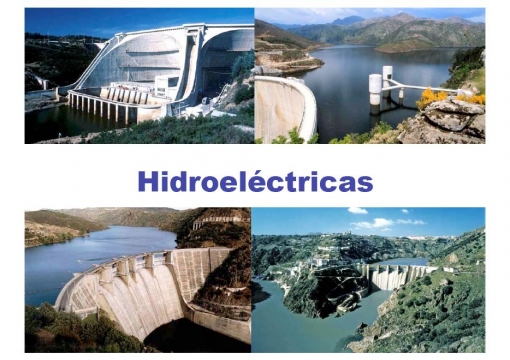Hydropower is one of the most widely used renewable energy sources worldwide.
This type of energy avoids the use of fossil fuels, and in addition, dams allow for the storage of large amounts of fresh water.
Hydropower is obtained by using water movement mechanisms inside the dam and connecting them to generators that convert kinetic energy into electrical energy.
This process uses a system of turbines that are passed by large masses of water, causing them to move, generating an induced electromotive current due to the presence of two sets of magnets that produce two magnetic fields that, when they rotate, turn into changing magnetic fields, producing a current that then passes through transformers to be transmitted to our homes.
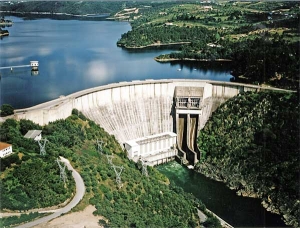

Figure 1 – Castillo de Bode Hydroelectric Dam
The fact that it is necessary to flood large parts of the land means that this energy production process is not efficient in terms of preserving ecosystems.
Figure 2 – Examples of some hydroelectric dams
The barrier that dams create to migrating fish and other aquatic organisms means that this process leads to the death of many aquatic communities or those that depend on them directly or indirectly.
This method of obtaining hydroelectric power has many advantages, but it also has some disadvantages.
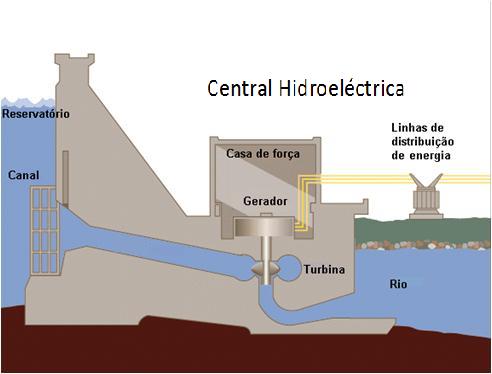

Figure 3 – Sectional diagram of the dam
The water in the tank is transferred via a hydraulic circuit to a station where the moving water is used to rotate the blades of hydraulic turbines, which in turn drive the generator, allowing for a high-voltage medium-voltage electric current to be obtained.
This voltage is then stepped up through transformers and transmitted to consumers. The set consisting of hydraulic circuit, turbine, generator and transformer is called hydroelectric generator set.
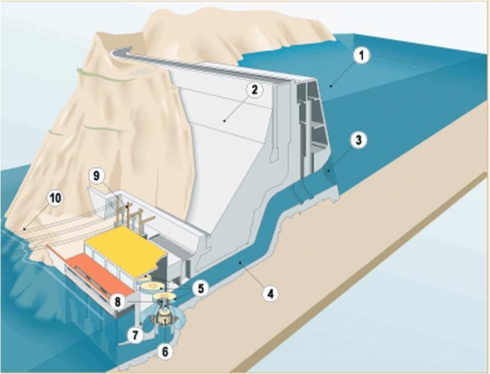

Figure 4 – Schematic diagram of a hydroelectric dam
legend:
- tank;
- dam wall
- Filter networks;
- forced plumbing
- Turbines and generators;
- Hydraulic turbines
- axis;
- generator;
- transformers;
- Power transmission lines.
Figure 5 – Block diagram
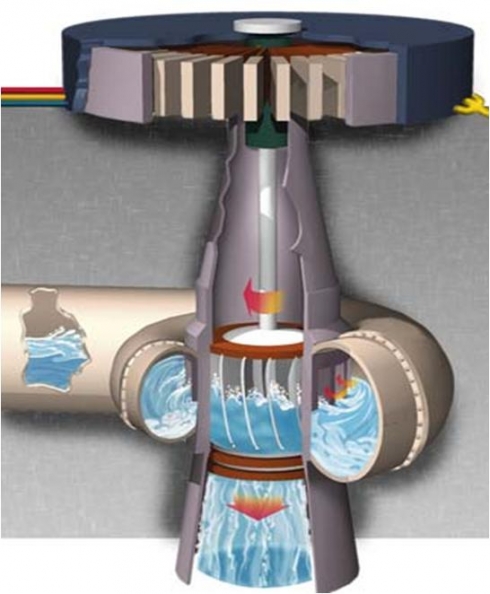

Figure 6 – Schematic diagram of a generator/turbine for a hydroelectric dam
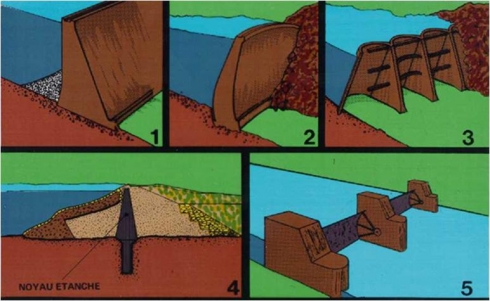

Figure 7 – Different types of dams
legend:
- weight dam
- Dome Dam
- Ceiling and foot seal.
- Earth Dam
- The moving dam.


